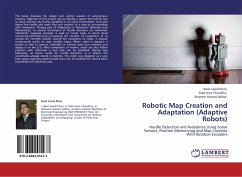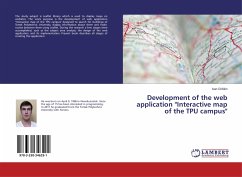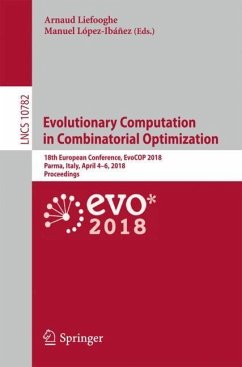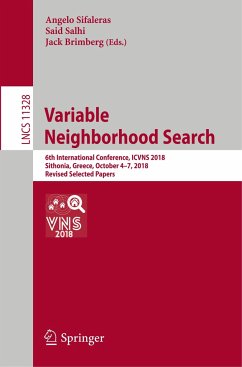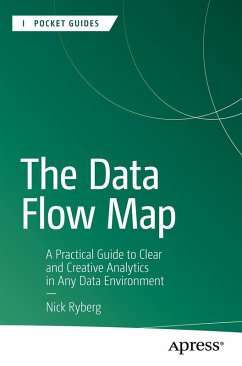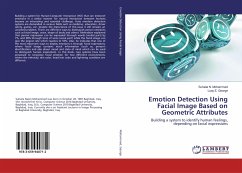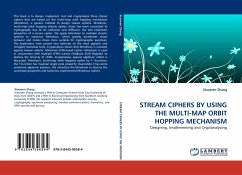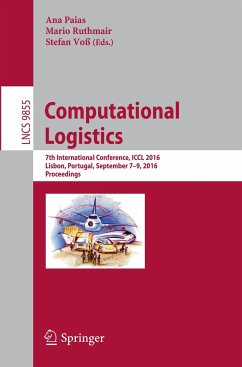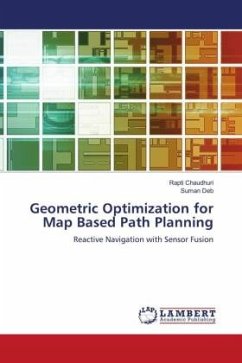
Geometric Optimization for Map Based Path Planning
Reactive Navigation with Sensor Fusion
Versandkostenfrei!
Versandfertig in 6-10 Tagen
53,99 €
inkl. MwSt.

PAYBACK Punkte
27 °P sammeln!
Executing point-to-point augmented path is one of the most challenging tasks for any mobile robot navigation. The challenge is much higher when it is in GPS (Global positioning system) denied indoor environment. This thesis presents the analysis of various intelligent approaches including applicable heuristic graph theoretic and bio-inspired techniques for achieving optimal point-to-point navigation. usage of LiDAR and RGB-D sensor data as source input has been preferred, ensuring total workspace coverage and minimization of action performed by the robot in carrying out realistic applications ...
Executing point-to-point augmented path is one of the most challenging tasks for any mobile robot navigation. The challenge is much higher when it is in GPS (Global positioning system) denied indoor environment. This thesis presents the analysis of various intelligent approaches including applicable heuristic graph theoretic and bio-inspired techniques for achieving optimal point-to-point navigation. usage of LiDAR and RGB-D sensor data as source input has been preferred, ensuring total workspace coverage and minimization of action performed by the robot in carrying out realistic applications in a certain congested environments.Sampling-based approaches which use arbitrary information gain formulation and Learning-based techniques, both are studied extensively. Uniform Sampling-based techniques are found feasible in exploring the state space without any complexity in geometrically modelling the configuration area ensuring embedded intelligence into the mobile robots in finding optimal execution. The navigation over both static as well as dynamic obstacles are analyzed and the observations are presented in a comparative manner.



